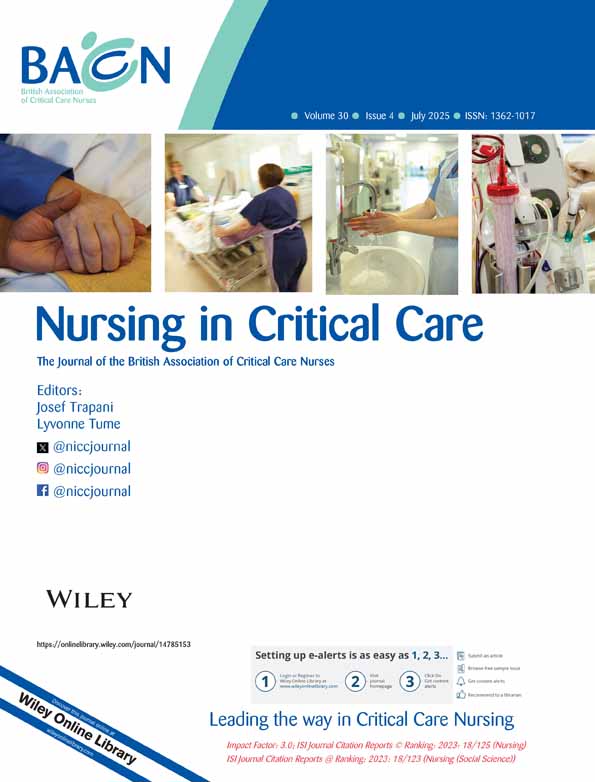Older Adult Sepsis Survivors Discharged to Skilled Nursing Facilities: Age-Adjusted Charlson Comorbidity Index as a Predictor of 6-Month Mortality
Funding: This work was supported by the National Social Science Foundation of China (21BSH120).
ABSTRACT
Background
Sepsis is a critical global health issue, particularly affecting older adults. Despite advances in acute sepsis management, the long-term outcomes for survivors, particularly those transitioning to skilled nursing facilities (SNFs), remain poorly characterized.
Aim
To evaluate the prognostic value of the age-adjusted Charlson Comorbidity Index (ACCI) in predicting 6-month mortality among older adult sepsis survivors discharged to SNFs.
Study Design
An observational cohort study of older adult sepsis patients in the intensive care unit (ICU) of a tertiary academic medical centre in Boston from 2008 to 2019 was performed. Patients were stratified into low (≤ 5), intermediate (6, 7) and high (≥ 8) ACCI score groups. Using the Cox proportional hazards model, we determined the association between ACCI scores and 6-month mortality, calculating hazard ratios (HR) and 95% confidence intervals (CIs). The predictive performance was assessed using ROC curve analysis and compared with Sequential Organ Failure Assessment (SOFA) scores.
Results
The study included 3713 sepsis survivors aged 65 and older discharged to SNFs. The median age was around 80 years, and 52.6% of the participants were female. The analysis revealed that each one-point increase in the ACCI was associated with an 18% higher risk of mortality within 6 months (HR 1.18; 95% CI 1.14–1.22; p < 0.001). Furthermore, compared with individuals with low ACCI scores, those in the moderate ACCI score group had a HR of 1.55 (95% CI: 1.26–1.91, p < 0.001), and those in the high ACCI score group had a HR of 2.43 (95% CI: 1.96–3.03, p < 0.001). ACCI demonstrated superior predictive performance compared with SOFA scores (area under the curve [AUC] 0.65 vs. 0.53, p < 0.001).
Conclusions
ACCI serves as an independent predictor of 6-month mortality in older adult sepsis survivors discharged to SNFs.
Relevance to Clinical Practice
Critical care nurses can use ACCI as a risk stratification tool to identify high-risk older sepsis survivors, inform discharge planning and improve interprofessional communication for tailored post-acute care interventions in SNFs.
Conflicts of Interest
The authors declare no conflicts of interest.
Open Research
Data Availability Statement
The data that support the findings of this study are available in PhysioNet at https://physionet.org/content/mimiciv/2.0/. These data were derived from the following resources available in the public domain: PhysioNet, https://physionet.org/content/mimiciv/2.0/.




